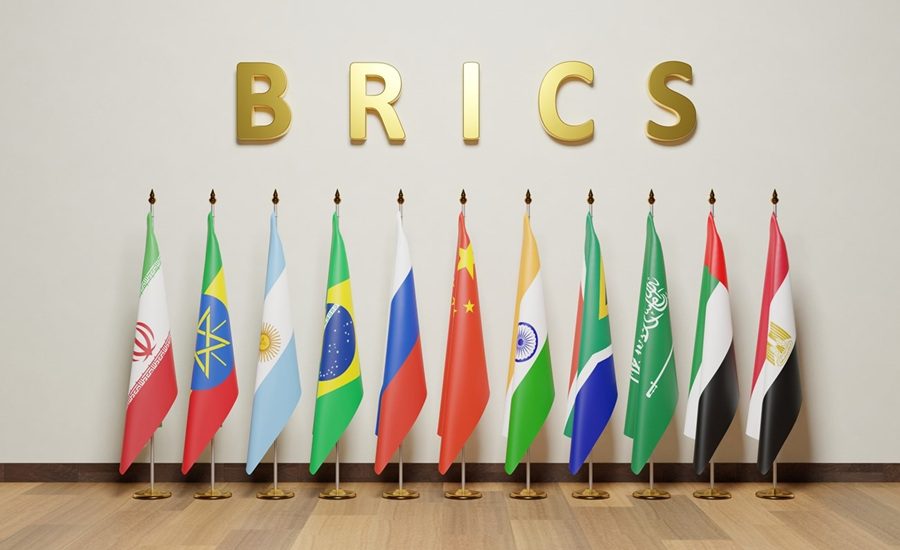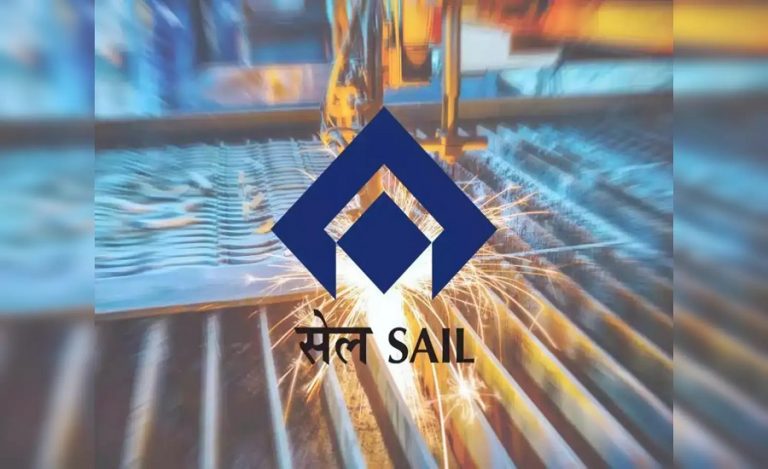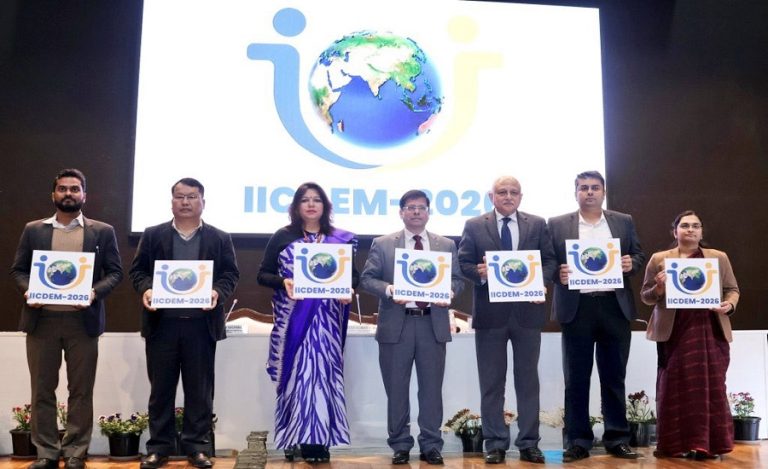New Delhi — In a decisive step toward strengthening its strategic footprint in Latin America, India has expanded its defence and nuclear ties with Argentina and Brazil. The partnerships reflect a broader realignment among Global South nations, seeking alternatives to traditional Western and Russian alliances. The developments span military hardware, clean energy minerals, nuclear medicine, and space collaboration—highlighting India’s growing ambitions as a South–South leader.
India–Argentina: From Defence to Critical Minerals
In early 2023, Hindustan Aeronautics Ltd (HAL) signed a landmark agreement with the Argentine Air Force to supply helicopter spares and provide engine maintenance. This was followed by a June deal with FAdeA—the Argentine aerospace company—with exchange visits by Argentinian defence officials, including Chief of Air Staff inspections at Indian HAL facilities.
In April, Argentina’s Defence Minister Jorge Taiana visited India, touring the BrahMos missile plant and establishing a memorandum of interest to acquire BrahMos, indigenous helicopters like Dhruv and LCH Prachand, and potentially Tejas fighters. In November, both nations signed a UN peacekeeping training agreement that facilitates instructor exchanges between India and Argentina.
On the nuclear front, bilateral talks are ongoing regarding the procurement of heavy water from Argentina, alongside plans to commission isotope-producing facilities in Mumbai. Additionally, India’s BARC and Argentina’s CNEA have collaborated on molybdenum‑90—a key isotope in nuclear medicine. On the minerals front, KABIL (India) secured rights to develop five lithium brine blocks in Catamarca, a move aimed at bolstering India’s clean‑energy ambitions.
Science and space cooperation have seen advances as well. ISRO and Argentina’s CONAE are discussing satellite collaboration, and India participated in Antarctic research missions alongside Argentina for the first time.
Also Read: India Set to Test K-6: Hypersonic Missile to Boost Submarine Strike Power
India–Brazil: Advancing Defence Industrial Ties
In March 2024, India and Brazil held their inaugural 2+2 secretary‑level dialogue involving foreign and defence ministries. Central to these talks was the potential joint manufacture of Embraer‑Mahindra’s C‑390 Millennium transport aircraft for the Indian Air Force. Brazilian officials have also signaled strong interest in India’s Akash surface‑to‑air missile system.
Indian defence exports to Latin America are gaining momentum. DRDO showcased Tejas, Akash, Astra, and BrahMos systems at LAAD 2023 in Brazil, highlighting India’s capability and intent to reach its US$5 billion defence‑export target by 2025.
Wider Strategic Shifts in the Global South
These partnerships reflect India’s commitment to reducing defence dependence on Russia by forging strong South–South alliances. India and Latin American nations—especially Argentina and Brazil—also share diplomatic synergies within BRICS, IBSA, G20, and Mercosur, advocating strategic autonomy and de‑dollarization, especially in trade and nuclear governance. Bilateral trade ambition includes doubling India–Brazil trade to US$30 billion by 2027 and aiming for US$50 billion by 2030 under Mercosur.
The lithium exploration in Argentina supports India’s commitment to clean‑energy transition, while nuclear‑tech exchanges and peaceful space collaboration further deepen strategic alignment.
Outlook: Opportunities and Execution Risks
This expanding engagement spans defence, nuclear energy, space, critical minerals, and scientific research. Defensive ambitions include major hardware deals—helicopters, missiles, fighters, and transport aircraft. But most agreements remain at LOI or MoU stages, lacking binding contracts. Ensuring sustained momentum will require follow-through on licensing, production timelines, and export sales
Also Read: Indian Navy Extinguishes Blaze Aboard MT Yi Cheng 6, Rescues 14 Indian Crew



























